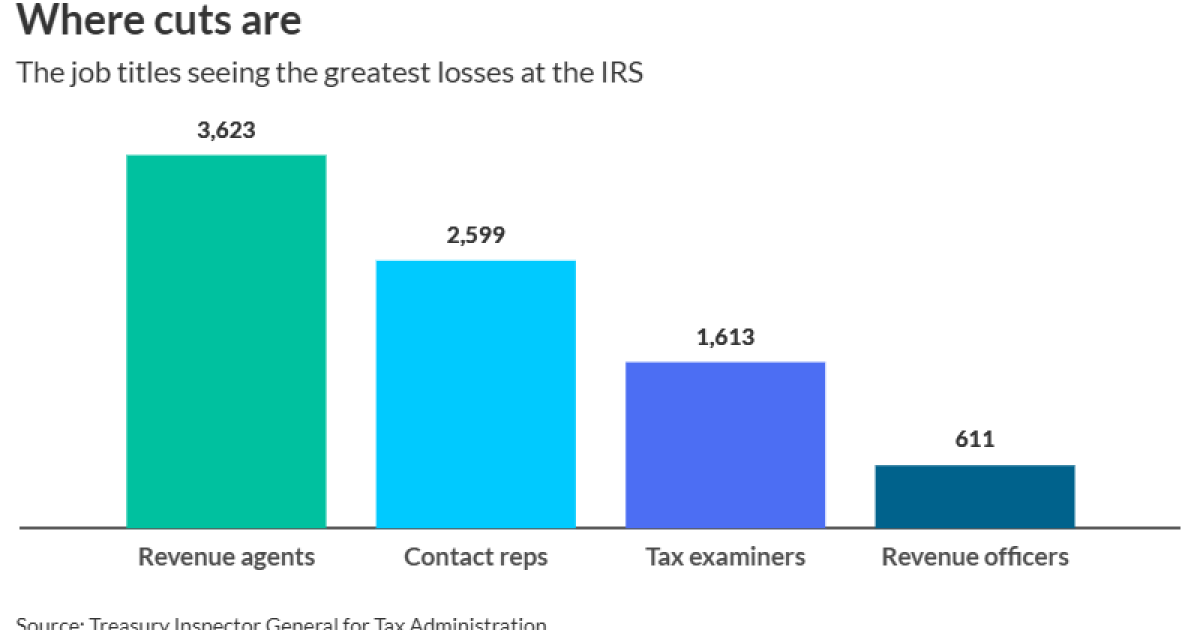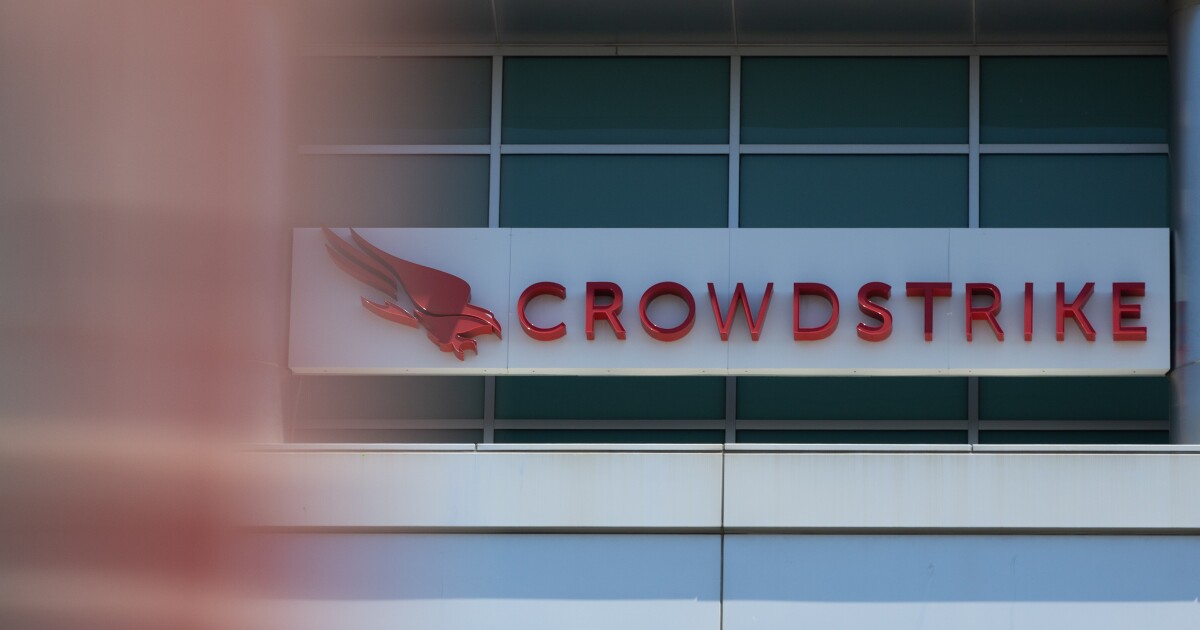President Donald Trump is casting his latest tariff plan as a strategic win. Markets and business leaders only see more chaos ahead.
Stock plunged on Thursday, as anxiety spiked among investors again worried an extended period of trade hostility could devastate the global economy. That washed away a half-day of euphoria on Wall Street on Wednesday after Trump paused higher tariffs on dozens of nations.
As the dust settled the next morning, the scope of Trump’s trade war was driven home anew when the White House published an order clarifying Trump’s second-term China tariffs would be at least 145%. Even with temporary relief for other trading partners, the rate will still drive up the average U.S. duty rate to historic levels, according to Bloomberg Economics.
Trump on Thursday acknowledged “transition problems” ahead but expressed confidence in his approach, telling reporters, “in the end it’s going to be a beautiful thing.”
The president demurred when asked about the stock selloff, saying he hadn’t seen details and directed Treasury Secretary Scott Bessent to answer a reporter’s question during a cabinet meeting. Bessent downplayed the pullback.
“Up two, down one is not a bad ratio,” Bessent said. “We will end up in a place of great certainty over the next 90 days on tariffs.”
Trump’s advisors continued to publicly frame his turnabout on tariffs as an intentional negotiating play, rather than a retreat fueled by market panic — especially in bonds — as the president himself has suggested.
Trump said the first deal with a trading partner on tariffs is “very close” and Commerce Secretary Howard Lutnick said nations are making offers “they never, ever, ever would have come with, but for the moves that the president has made.”
White House National Economic Council Director Kevin Hassett said earlier on CNBC that trade talks with some U.S. counterparts are “really, really advanced,” including agreements that were close to done last week. He predicted “quite a bit of movement of world leaders into the White House for the next three to four weeks.”
Still, there were signs of economic pitfalls nearly everywhere one looked.
The highest average tax rate on imports in more than a century could raise prices and stunt economic growth, potentially blunting any momentum after new data showed inflation cooled more than expected in March.
And the U.S. clash with China showed no signs of abating, putting a trade relationship worth $690 billion on the precipice of decimation. Online retail giant Amazon.com Inc. began canceling orders from China and other parts of Asia, Bloomberg News reported.
Trump previously argued that tariffs would lead to a boom in U.S. manufacturing and jobs and insisted that Americans should deal with short-term pain for long-term gain. His reversal cast doubt about his resolve to follow through.
He acknowledged Wednesday that he put the pause in place as he watched the reaction of the Treasuries market, noting that people were getting “a little queasy.”
While the pause made investors giddy, at least for a few hours, many executives pointed out it was temporary. Trump could change course again.
The prospects of any deal with China remained dim with President Xi Jinping digging in his heels. His government expanded retaliation on Thursday to include curbs on Hollywood films. And on Friday, China’s Ministry of Finance announced the country will raise tariffs on all U.S. goods to 125% from 84% starting April 12.
It’s also unclear if Trump will be able to reach agreements with other nations. He said Thursday “we have to have a deal that we like” but has said little publicly about the specific parameters of what he would accept.
Steve Lamar, president of the American Apparel and Footwear Association, expressed concerns about an “on again, off-again tariff policy” and said that while he welcomes the pause, “it is only a first step in a policy that needs to be more comprehensive, predictable, and durable if we want to encourage the kind of investments that will support more U.S. jobs.”
Trump also injected more uncertainty into the system by floating the notion of exemptions for certain companies, saying he would consider negotiating on the baseline 10% tariff and indicating the higher rates would go back into place by early July if negotiations fail.
The president said he planned to assess the situation and make decisions “just instinctively, more than anything else.”
The slapdash process has sometimes amplified shocks to the system. The White House order implementing his latest tariff levels, published Thursday morning, revealed that Trump’s 125% rate on China did not include a previously imposed duty related to fentanyl. That pushed the new rate on China to 145%, on top of previous tariffs, including those from the president’s first term.
Even as Trump backed away from higher tariffs on nearly 60 trading partners, he threatened to move forward on others. The president is planning other levies on pharmaceutical drugs, lumber, semiconductor chips, copper and perhaps critical minerals. All of those would add to the overall new import taxes.
David French, executive vice president of government relations at the National Retail Federation, said the group and its members appreciated the 90-day pause, but that the 10% across-the-board duty would still cause economic pain.
“The global tariff remains in place and is a significant tax increase on imports,” French said. “The escalation with China is concerning as well, especially for companies that are not able to shift their sourcing. We agree on the need for better trade, but we need to use tools other than tariffs to achieve those deals.”
Other business groups have remained silent. For instance, the U.S. Chamber of Commerce and the National Association of Manufacturers held off fresh public statements since the president’s announcement Wednesday. Both warned previously about the impacts of Trump’s tariffs.
Trump’s team continued to put on a united front. Agriculture Secretary Brooke Rollins said the administration is watching the impact of Chinese retaliation “hour by hour.”
She predicted “we’ll see a little bit more movement and adjustment by the market as we move forward” but reiterated the administration was open to aid for farmers, a critical Trump constituency, if needed.


 Economics1 week ago
Economics1 week ago
 Accounting1 week ago
Accounting1 week ago
 Blog Post5 days ago
Blog Post5 days ago
 Economics1 week ago
Economics1 week ago
 Personal Finance1 week ago
Personal Finance1 week ago
 Economics6 days ago
Economics6 days ago
 Personal Finance1 week ago
Personal Finance1 week ago
 Finance1 week ago
Finance1 week ago











